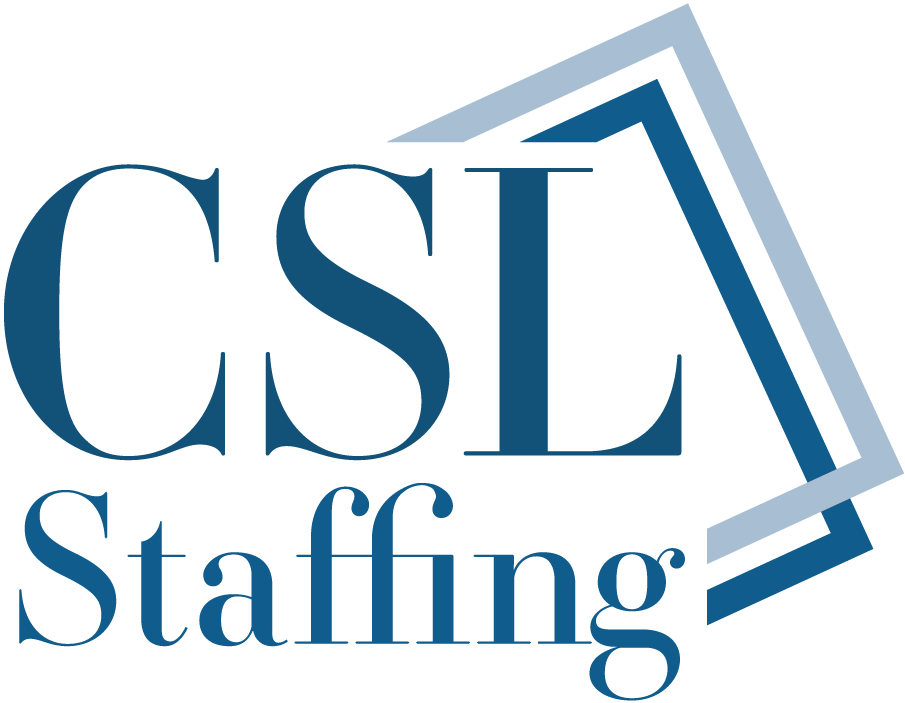DFEH Updates Pay Data Reporting Guidance, Submission Portal Opening Soon

One new law that took effect on January 1 requires employers, who have 100 or more employees and are subject to federal EEO-1 reporting, to submit employee demographic and pay data information to the California Department of Fair Employment and Housing (DFEH). Recently, the DFEH released more updated FAQs addressing multi-establishment employers and calculating pay and hours worked. They’ve also announced when the new Data Submission Portal, as well as the User Guide and Template, will be available.
Since SB 973 was signed, the DFEH has been working hard to assist employers with meeting the March 31, 2021, reporting deadline, releasing incremental updates with additional information about the new law. (Read about initial guidance here and the second update here.)
On January 7, 2021, the DFEH updated their Pay Data Reporting website and FAQ page again with more details about the reporting process. Notably, the DFEH announced that it will be providing a pay data reporting User Guide and Template by February 1, 2021, and the Data Submission Portal will be available on February 15, 2021.
The updated FAQs address issues of calculating and reporting pay and hours worked, guidelines for multi-establishment employers and other important issues. For example, the DFEH clarified that when employers create their snapshot and assign employees to a particular pay band, employers should use Form W-2’s Box 5 (Medicare wages and tips) for reporting pay, instead of Box 1, which is what the federal Equal Employment Opportunity Commission (EEOC) uses. The new FAQs specify that employers should not calculate and annualize earnings for employees who didn’t work the entire reporting year.
The latest DFEH update also explains how to calculate hours worked for exempt and nonexempt employees and specifies that employers should include paid time off in the hours worked calculation, deviating from the EEOC, which required employers to exclude time on paid leave when calculating hours worked for the EEO-1 Component 2 collection from 2017 and 2018.
For employers with multiple establishments, the FAQ updates address specific issues and scenarios like what qualifies as an establishment for reporting purposes, establishment size, and what to do when some establishments are out of state or when an employee works at an establishment out of state.
Employers should continue to monitor the FAQ page for updates and look for the User Guide and Template on February 1, 2021.
Besides the California pay data reporting requirements, employers still have the federal EEO-1 reporting requirements to meet this year. The EEOC delayed its data collection in 2020 due to the COVID-19 pandemic, but recently announced in a press release that it will open the 2019 and 2020 EEO-1 Component 1 data collection in April 2021. Employers should monitor the EEOC’s new dedicated data collection website for precise opening dates and new submission deadline dates.
James W. Ward, Employment Law Subject Matter Expert/Legal Writer and Editor
CalChamber members can read more about EEO Reporting Requirements in the HR Library. Not a member? See how CalChamber can help you.
The post DFEH Updates Pay Data Reporting Guidance, Submission Portal Opening Soon appeared first on HRWatchdog by James W. Ward.




